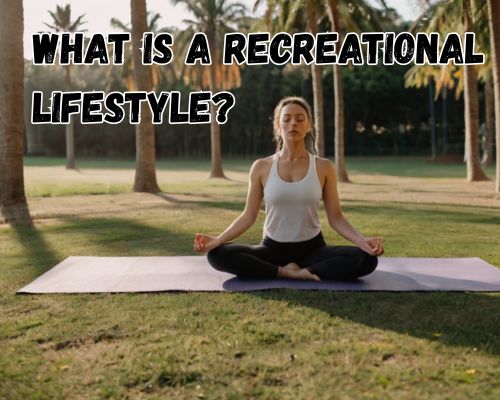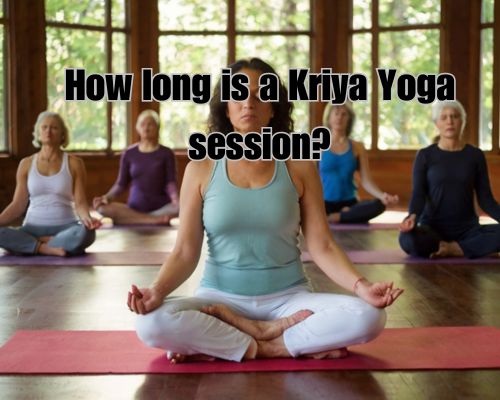In today’s fast-paced, digitally connected world, many are rediscovering the benefits of a recreational lifestyle. But what is a recreational lifestyle, really? And how is it shaping local communities like Mornington, Australia, where coastal charm and wellness-oriented living meet? This article explores the meaning of a recreational lifestyle, its core elements, and how it uniquely plays out in Mornington, one of Victoria’s most vibrant lifestyle destinations.

✅ Defining a Recreational Lifestyle
At its core, a recreational lifestyle is one that prioritizes activities done for enjoyment, leisure, and wellbeing rather than necessity or obligation. This can include everything from outdoor sports and creative hobbies to community events and wellness pursuits. It’s a holistic approach to living that values work-life balance, physical health, mental wellbeing, and social connection.
Unlike a purely sedentary or work-centered life, a recreational lifestyle integrates purposeful leisure—deliberate time set aside to engage in joyful, energizing, or restorative activities.
Key Pillars of a Recreational Lifestyle:
- Physical Activity (e.g., hiking, yoga, surfing)
- Social Engagement (e.g., group sports, festivals, hobby clubs)
- Creative Pursuits (e.g., painting, music, crafting)
- Mindfulness Practices (e.g., meditation, nature walks)
- Community Involvement (e.g., volunteering, markets, beach clean-ups)
🏖️ Mornington, Australia: A Natural Playground for Recreational Living
Located just over an hour southeast of Melbourne, Mornington is a seaside haven perched on the shores of Port Phillip Bay. This coastal town is renowned not only for its scenic beaches and vineyard-dotted hills but also for fostering a strong culture of recreation and wellbeing.
If there’s a place in Australia that lives and breathes the recreational lifestyle, Mornington is it.
Why Mornington Is Ideal for Recreational Living:
- Beaches like Mothers Beach and Fisherman’s Beach offer kayaking, paddleboarding, and tranquil walks.
- Mornington Peninsula National Park attracts bushwalkers and wildlife lovers alike.
- Local wineries, such as Montalto and T’Gallant, blend leisure with gastronomy.
- Fitness groups andyoga studio are abundant, encouraging social health habits.
- Weekend markets and community festivals promote local culture and interaction.
From recreational yoga at the beach to wellness retreats and hiking the Two Bays Walking Track, the peninsula provides countless avenues to live recreationally while remaining socially and environmentally connected.
🎯 SEO Insight: Why People Search “What is a Recreational Lifestyle?”
Search interest in “what is a recreational lifestyle” typically comes from:
- Health-conscious individuals exploring life changes
- Urban dwellers looking to relocate to lifestyle-rich areas like Mornington
- Professionals facing burnout
- Retirees planning active golden years
- Tourists seeking lifestyle-oriented destinations
Integrating keywords such as recreation, active lifestyle, coastal living, wellness, Mornington Peninsula, outdoor activities, and Victoria travel enhances the SEO strength of this content while also enriching user intent alignment.
🧠 The Psychology Behind Recreation: More Than Just Hobbies
A recreational lifestyle isn’t just about physical activity; it’s deeply connected to mental health. Studies from Australian health bodies have shown that leisure activities can reduce anxiety, boost serotonin levels, and improve overall life satisfaction.
Psychological Benefits:
- Lower cortisol (stress hormone) levels
- Improved cognitive function
- Enhanced emotional regulation
- Higher levels of dopamine from joyful experiences
- Better sleep quality
This is especially relevant in Mornington, where mindfulness practices like sunrise yoga, eco-therapy, and cold water swimming have become part of the cultural norm. Visit yoga studio for more.
🏄 Types of Recreational Activities Popular in Mornington
The region’s geography and community orientation shape a rich variety of LSI-relevant recreational options:
| Activity Type | Examples in Mornington |
|---|---|
| Outdoor Adventure | Surfing at Mornington Back Beach, mountain biking in Arthurs Seat |
| Water Sports | Stand-up paddleboarding (SUP), fishing charters, snorkelling in Rye |
| Mindful Movement | Beach yoga, Tai Chi at Civic Reserve, meditation at wellness retreats |
| Creative Expression | Pottery workshops, local art galleries, photography walks |
| Social Recreation | Sunday markets, wine tasting tours, Peninsula Hot Springs events |
By embedding these experiences into daily life, Mornington locals model what it means to adopt a truly recreational lifestyle.
🛠️ Building a Recreational Lifestyle: Practical Tips
Whether you’re a Mornington local or planning to move to the peninsula, here’s how you can begin to shift toward a recreational way of living:
- Schedule It: Treat leisure time as essential as work or errands.
- Start Small: Pick one or two activities that interest you—surfing, hiking, painting.
- Socialize It: Join a club, meetup group, or class to build connection and consistency.
- Make It Local: Attend Mornington-based events, support local markets, volunteer for causes.
- Track Your Mood: Notice how different recreational activities affect your energy and mindset.
Remember: Recreation is not escape—it’s integration.
🌍 Local Impact: Recreation and Community Wellness in Mornington
Local governments and organizations across the Mornington Peninsula are also championing this movement. The Mornington Peninsula Shire regularly runs community wellbeing programs, recreation facility upgrades, and nature conservation projects that align with recreational values.
Some initiatives worth noting:
- Healthy Peninsula Strategy: Focused on active aging and youth engagement.
- Mornington Life Activities Club: Encouraging seniors to stay physically and socially active.
- Green Wedge Protection Plan: Preserving recreational open space for future generations.
This collective investment in recreation-as-lifestyle continues to shape Mornington as a model town for wellbeing-focused living in Australia.
🌟 Final Thoughts: Why a Recreational Lifestyle Is More Than a Trend
So, what is a recreational lifestyle? It’s a conscious decision to prioritize living well over merely getting by. In places like Mornington, Australia, it’s more than a buzzword—it’s a way of life.
Whether you’re sipping a cabernet at a local winery, walking your dog along the Esplanade, or taking part in a community yoga session, every small act of recreation builds toward a life that’s more joyful, balanced, and sustainable.
A recreational lifestyle invites you to live deliberately, with your well-being at the centre. In Mornington, the environment, the community, and the culture are already waiting to support that journey.
